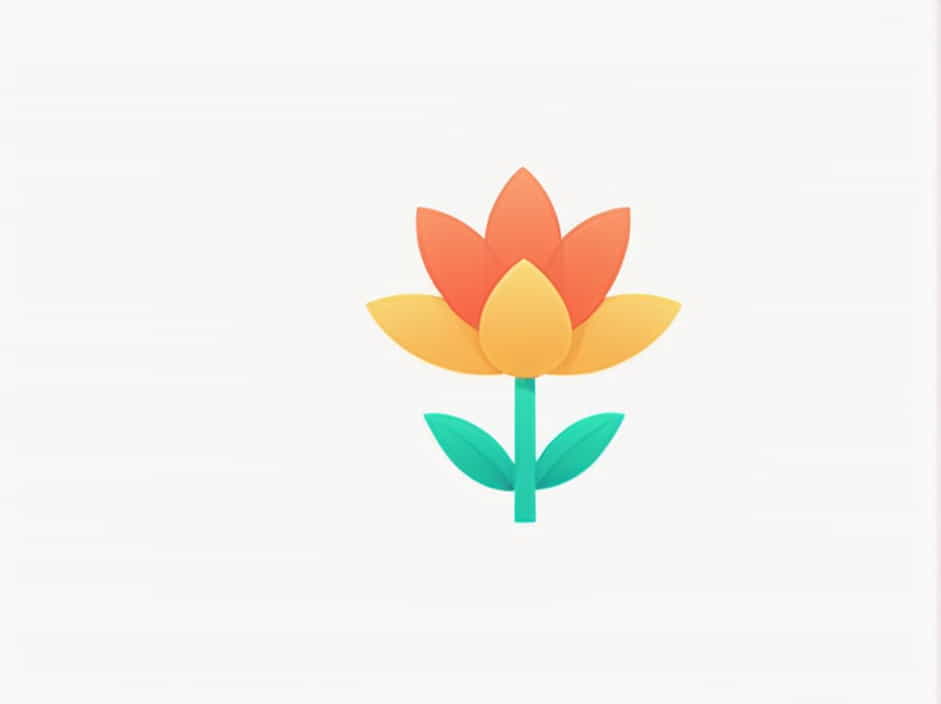The Flower World is a fascinating concept found in the mythologies and linguistic traditions of Uto-Aztecan-speaking peoples, including the Aztecs, the Hopi, and the Yaqui. This symbolic world is often associated with spiritual beauty, paradise, poetry, and divine realms. It represents a place of harmony, song, and flowers, deeply connected to religious practices, rituals, and even warfare.
In this topic, we will explore the origins, significance, and linguistic connections of the Flower World concept in Old Uto-Aztecan cultures, shedding light on its impact on later civilizations and its continued relevance today.
The Origins of the Flower World Concept
The Uto-Aztecan language family is one of the largest in North and Mesoamerica, spreading from the southwestern United States to Mexico and Central America. Within these cultures, flowers held deep symbolic meaning, often linked to spiritual enlightenment, transformation, and the afterlife.
Many Uto-Aztecan groups, including the Nahuatl-speaking Aztecs, the Hopi, the Yaqui, and the Comanche, incorporated flower-related imagery into their religious beliefs, art, and oral traditions. This shared concept suggests that the Flower World predates the rise of the Aztecs and may have existed in even older Uto-Aztecan-speaking societies.
Flowers as Symbols of Spiritual Power
1. The Flower World as a Paradise
Among Uto-Aztecan cultures, the Flower World is often envisioned as a beautiful, otherworldly realm filled with lush gardens, vibrant blossoms, and divine beings. It is a place of song and poetry, where the souls of the dead or great warriors reside in eternal bliss.
For the Aztecs, this concept was reflected in Tlalocan, the paradise of the rain god Tlaloc, and Xochitlalpan, the “Land of Flowers,” where warriors and sacrificed individuals would find peace.
2. Flowers in Rituals and Ceremonies
Flowers were not just symbols of paradise; they played a crucial role in rituals, offerings, and sacred dances. Many Uto-Aztecan groups used flower garlands, floral incense, and poetic chants during religious ceremonies to connect with the divine.
In Yaqui traditions, for example, flower-filled songs and prayers were believed to invoke the spirit world, bringing blessings and protection. Similarly, in Aztec poetry, flowers symbolized truth, beauty, and the fleeting nature of life.
3. Warriors and the Flower World
Interestingly, the Flower World was not only associated with peace but also with warfare and sacrifice. The Aztecs practiced “flower wars” (xochiyaoyotl)—ritual battles where warriors sought captives for sacrifice to ensure cosmic balance.
Those who died in these battles were believed to ascend to Xochitlalpan, where they would become divine beings and return as hummingbirds or butterflies, feeding on the sacred nectar of flowers.
Linguistic Connections in Uto-Aztecan Languages
The presence of flower-related themes in different Uto-Aztecan languages further supports the deep-rooted nature of this concept.
1. Nahuatl: The Language of the Aztecs
Nahuatl, the language of the Aztecs, has many words related to the Flower World:
- Xochitl – “Flower”
- Xochitlampa – “Land of Flowers”
- Xochipilli – “Prince of Flowers” (a god of art, love, and beauty)
- Xochiyaoyotl – “Flower War”
Many Aztec poems describe life as a flower, emphasizing its beauty and impermanence.
2. Hopi and Yaqui Languages
Among the Hopi, sacred songs describe a “flower-covered land” where ancestors reside, similar to Aztec beliefs. Likewise, Yaqui spiritual songs frequently mention a world of flowers where souls find peace and renewal.
The recurrence of this theme across multiple Uto-Aztecan languages suggests that the Flower World predates the Aztecs, tracing back to earlier ancestral traditions.
The Flower World in Modern Culture
Although many ancient Uto-Aztecan traditions have faded, the Flower World remains a powerful symbol in modern indigenous cultures.
1. Festivals and Celebrations
Many Native American and Mexican celebrations continue to incorporate flowers and floral imagery, particularly in Day of the Dead ceremonies and indigenous dances. The use of marigolds (cempasúchil) to guide spirits is a direct continuation of Flower World beliefs.
2. Surviving Oral Traditions
Hopi, Yaqui, and other indigenous groups still pass down Flower World songs and poetic chants, keeping their spiritual connections alive. Some traditional healers and shamans also incorporate flower-related rituals in medicine and blessings.
3. Influence on Art and Literature
The Flower World concept has influenced Mexican literature, murals, and music, often appearing in poetry and indigenous artwork. The idea of flowers as symbols of life, truth, and the spiritual realm remains an enduring theme in modern artistic expressions.
The Flower World of Old Uto-Aztecan cultures is more than just a myth; it is a deeply embedded spiritual and cultural symbol that has endured for centuries. From the paradise of warriors to sacred rituals and poetic traditions, flowers represented beauty, truth, and the connection between the earthly and divine realms.
Even today, remnants of the Flower World can be seen in indigenous festivals, oral traditions, and artistic expressions, proving that its legacy is still alive. Understanding this ancient concept helps us appreciate the richness of Uto-Aztecan culture and the enduring power of symbols in shaping human belief systems.
Powered by # ChatGPT Conversation
User: Angga Salman ([email protected])
Created: 7/3/2025, 16.05.08
Updated: 7/3/2025, 16.33.30
Exported: 13/3/2025, 15.47.15
